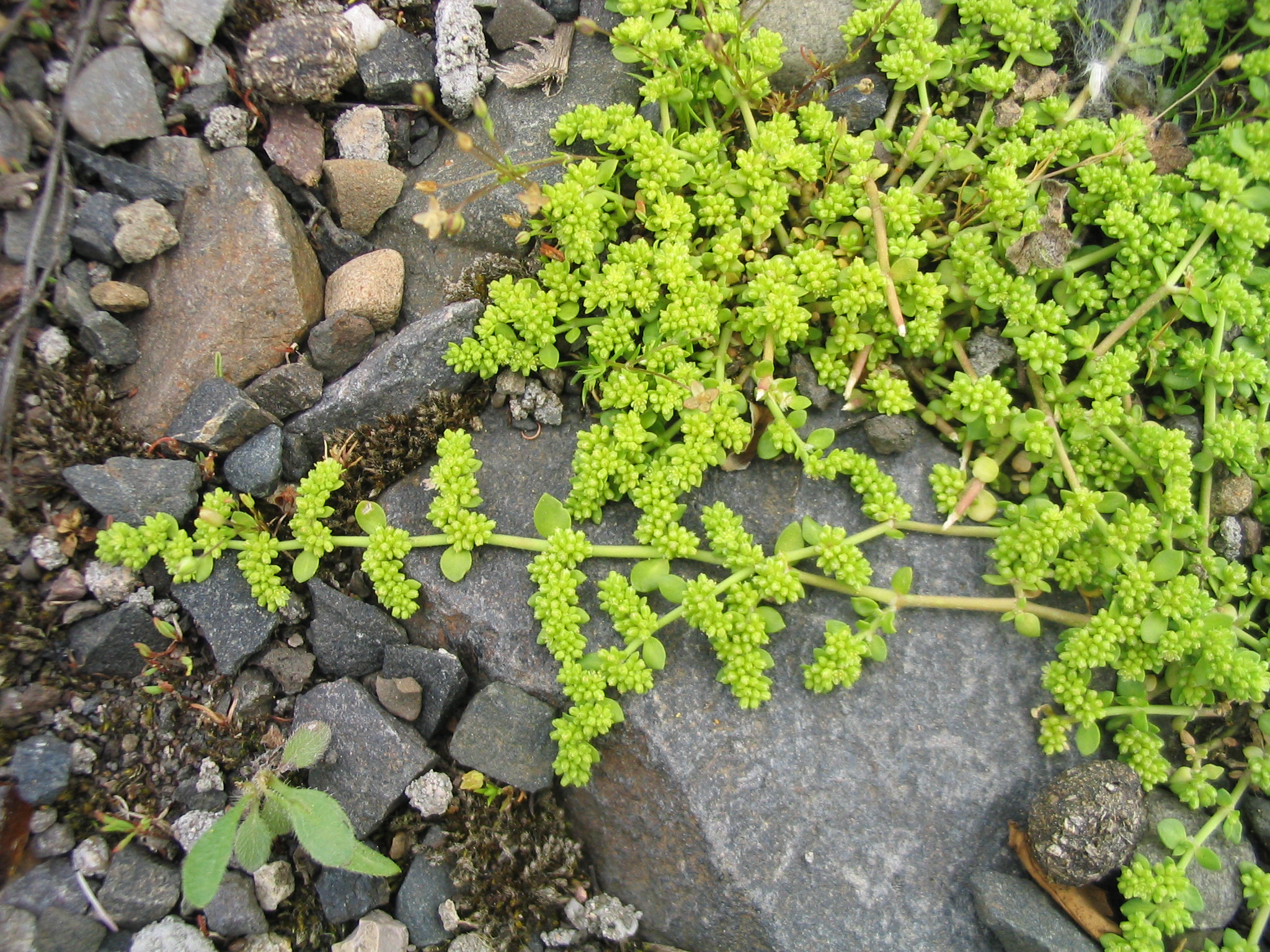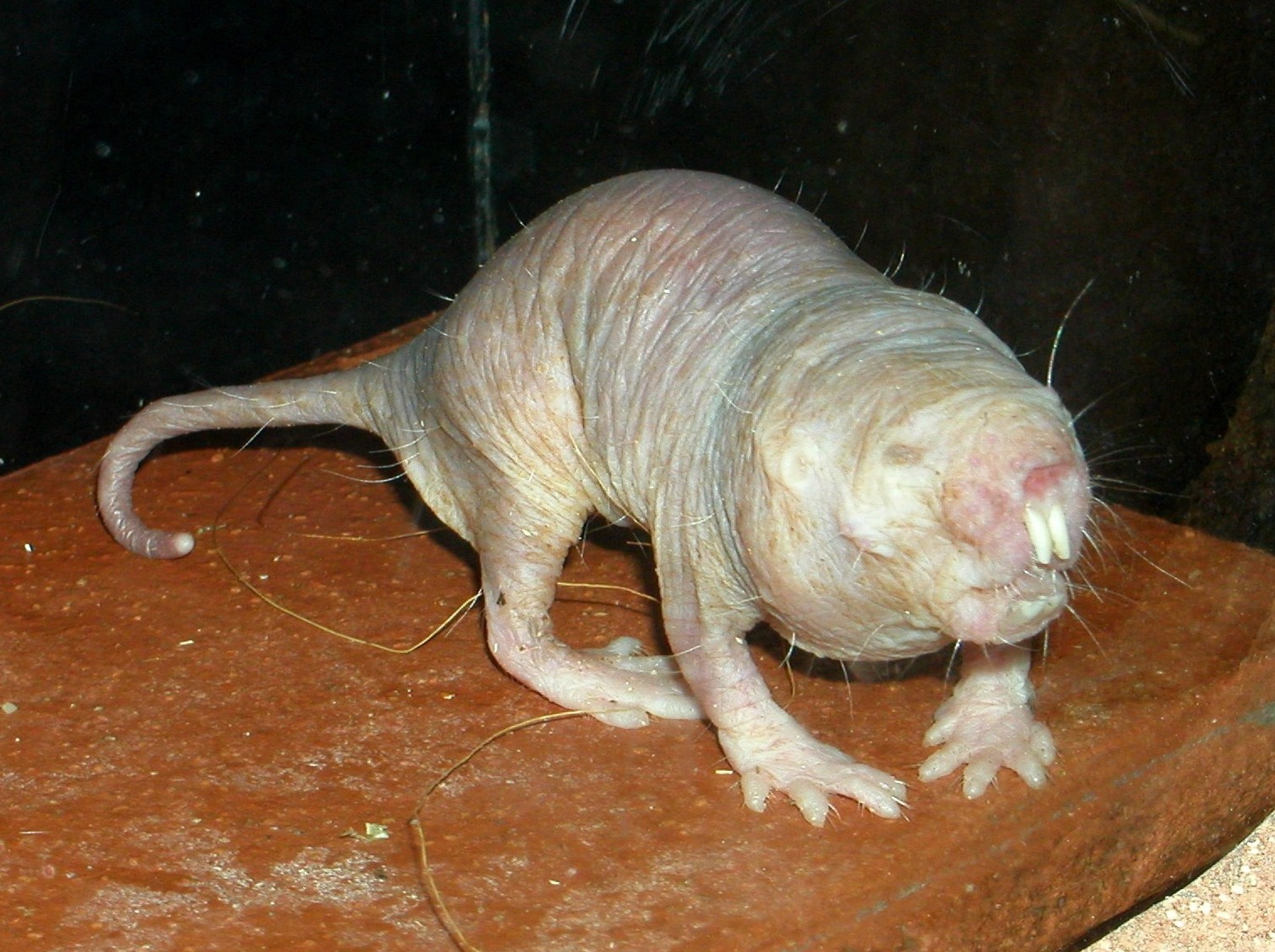Glabrous (botany) on:
[Wikipedia]
[Google]
[Amazon]
Glabrousness () is the technical term for a lack of
 Glabrousness or otherwise, of leaves, stems, and fruit is a feature commonly mentioned in plant keys; in
Glabrousness or otherwise, of leaves, stems, and fruit is a feature commonly mentioned in plant keys; in 
 In varying degrees most
In varying degrees most
hair
Hair is a protein filament that grows from follicles found in the dermis. Hair is one of the defining characteristics of mammals.
The human body, apart from areas of glabrous skin, is covered in follicles which produce thick terminal and ...
, down, seta
In biology, setae (; seta ; ) are any of a number of different bristle- or hair-like structures on living organisms.
Animal setae
Protostomes
Depending partly on their form and function, protostome setae may be called macrotrichia, chaetae, ...
e, trichome
Trichomes (; ) are fine outgrowths or appendages on plants, algae, lichens, and certain protists. They are of diverse structure and function. Examples are hairs, glandular hairs, scales, and papillae. A covering of any kind of hair on a plant ...
s, or other such covering. A glabrous surface may be a natural characteristic of all or part of a plant or animal, or be due to loss because of a physical condition, such as alopecia universalis in humans, which causes hair to fall out or not regrow.
In botany
 Glabrousness or otherwise, of leaves, stems, and fruit is a feature commonly mentioned in plant keys; in
Glabrousness or otherwise, of leaves, stems, and fruit is a feature commonly mentioned in plant keys; in botany
Botany, also called plant science, is the branch of natural science and biology studying plants, especially Plant anatomy, their anatomy, Plant taxonomy, taxonomy, and Plant ecology, ecology. A botanist or plant scientist is a scientist who s ...
and mycology
Mycology is the branch of biology concerned with the study of fungus, fungi, including their Taxonomy (biology), taxonomy, genetics, biochemistry, biochemical properties, and ethnomycology, use by humans. Fungi can be a source of tinder, Edible ...
, a ''glabrous'' morphological feature is one that is smooth and may be glossy. It has no bristles or hair-like structures such as trichome
Trichomes (; ) are fine outgrowths or appendages on plants, algae, lichens, and certain protists. They are of diverse structure and function. Examples are hairs, glandular hairs, scales, and papillae. A covering of any kind of hair on a plant ...
s. In anything like the zoological sense, no plants or fungi have hair or wool, although some structures may resemble such materials.
The term "glabrous" strictly applies only to features that lack trichome
Trichomes (; ) are fine outgrowths or appendages on plants, algae, lichens, and certain protists. They are of diverse structure and function. Examples are hairs, glandular hairs, scales, and papillae. A covering of any kind of hair on a plant ...
s at all times. When an organ bears trichomes at first, but loses them with age, the term used is ''glabrescent''.
In the model plant ''Arabidopsis thaliana
''Arabidopsis thaliana'', the thale cress, mouse-ear cress or arabidopsis, is a small plant from the mustard family (Brassicaceae), native to Eurasia and Africa. Commonly found along the shoulders of roads and in disturbed land, it is generally ...
'', trichome formation is initiated by the GLABROUS1 protein. Knockouts of the corresponding gene lead to glabrous plants. This phenotype
In genetics, the phenotype () is the set of observable characteristics or traits of an organism. The term covers the organism's morphology (physical form and structure), its developmental processes, its biochemical and physiological propert ...
has already been used in gene editing experiments and might be of interest as a visual marker for plant research to improve gene editing methods such as CRISPR/Cas9.
In zoology
 In varying degrees most
In varying degrees most mammal
A mammal () is a vertebrate animal of the Class (biology), class Mammalia (). Mammals are characterised by the presence of milk-producing mammary glands for feeding their young, a broad neocortex region of the brain, fur or hair, and three ...
s have some skin
Skin is the layer of usually soft, flexible outer tissue covering the body of a vertebrate animal, with three main functions: protection, regulation, and sensation.
Other animal coverings, such as the arthropod exoskeleton, have different ...
areas without natural hair. In humans
Humans (''Homo sapiens'') or modern humans are the most common and widespread species of primate, and the last surviving species of the genus ''Homo''. They are Hominidae, great apes characterized by their Prehistory of nakedness and clothing ...
, glabrous skin is found on the ventral
Standard anatomical terms of location are used to describe unambiguously the anatomy of humans and other animals. The terms, typically derived from Latin or Greek roots, describe something in its standard anatomical position. This position prov ...
portion of the finger
A finger is a prominent digit (anatomy), digit on the forelimbs of most tetrapod vertebrate animals, especially those with prehensile extremities (i.e. hands) such as humans and other primates. Most tetrapods have five digits (dactyly, pentadact ...
s, palms, soles of feet and lips
The lips are a horizontal pair of soft appendages attached to the jaws and are the most visible part of the mouth of many animals, including humans. Mammal lips are soft, movable and serve to facilitate the ingestion of food (e.g. sucklin ...
, which are all parts of the body most closely associated with interacting with the world around us, as are the labia minora
The labia minora (Latin for 'smaller lips', : labium minus), also known as the inner labia, inner lips, or nymphae, are two flaps of skin that are part of the primate vulva, extending outwards from the inner Vagina#Vaginal opening and hymen, vagi ...
and glans penis
In male human anatomy, the glans penis or penile glans, commonly referred to as the glans, (; from Latin ''glans'' meaning "acorn") is the bulbous structure at the Anatomical terms of location#Proximal and distal, distal end of the human penis ...
. There are four main types of mechanoreceptor
A mechanoreceptor, also called mechanoceptor, is a sensory receptor that responds to mechanical pressure or distortion. Mechanoreceptors are located on sensory neurons that convert mechanical pressure into action potential, electrical signals tha ...
s in the glabrous skin of humans: Pacinian corpuscles
The Pacinian corpuscle (also lamellar corpuscle, or Vater–Pacini corpuscle) is a low-threshold mechanoreceptor responsive to vibration or pressure, found in the skin and other internal organs. In the skin it is one of the four main types of cuta ...
, Meissner's corpuscles, Merkel's discs
Merkel nerve endings (also Merkel's disks, or Merkel tactile endings) are mechanoreceptors situated in the basal epidermis as well as around the apical ends or some hair follicles. They are slowly adapting. They have small receptive fields measuri ...
, and Ruffini corpuscles
The bulbous corpuscle, Ruffini ending or Ruffini corpuscle is a slowly adapting mechanoreceptor located in the cutaneous tissue between the dermal papillae and the hypodermis. It is named after Angelo Ruffini Angelo Ruffini (Pretare of Arquata ...
.
The Naked mole-rat
The naked mole-rat (''Heterocephalus glaber''), also known as the sand puppy, is a burrowing rodent native to the Horn of Africa and parts of Kenya, notably in Somali regions. It is closely related to the blesmols and is the only species in th ...
(''Heterocephalus glaber'') has evolved skin lacking in general, pelagic hair covering, yet has retained long, very sparsely scattered tactile hairs over its body. Glabrousness is a trait that may be associated with neoteny
Neoteny (), also called juvenilization,Montagu, A. (1989). Growing Young. Bergin & Garvey: CT. is the delaying or slowing of the Physiology, physiological, or Somatic (biology), somatic, development of an organism, typically an animal. Neoteny i ...
.
Within entomology
Entomology (from Ancient Greek ἔντομον (''éntomon''), meaning "insect", and -logy from λόγος (''lógos''), meaning "study") is the branch of zoology that focuses on insects. Those who study entomology are known as entomologists. In ...
, the term glabrous is used to refer to those parts of an insect's body with are lacking in setae (bristles) or scales
Scale or scales may refer to:
Mathematics
* Scale (descriptive set theory), an object defined on a set of points
* Scale (ratio), the ratio of a linear dimension of a model to the corresponding dimension of the original
* Scale factor, a number ...
.
See also
*Glossary of botanical terms
This glossary of botanical terms is a list of definitions of terms and concepts relevant to botany and plants in general. Terms of plant morphology are included here as well as at the more specific Glossary of plant morphology and Glossary ...
* Glossary of entomology terms
This glossary of entomology describes terms used in the formal study of insect species by entomology, entomologists.
A–C
A synthetic chlorinated hydrocarbon insecticide, toxic to vertebr ...
* Trichophilia
Hair fetishism, also known as hair partialism and trichophilia, is a partialism in which a person sees hair most commonly, head hair as particularly erotic and sexually arousing. Arousal may occur from seeing or touching hair, whether head h ...
(hair fetishism)
* Merkin
__NOTOC__
A merkin is a pubic wig. Merkins were worn by prostitutes after shaving their mons pubis, and are used as decorative items or erotic devices by both men and women.
History and etymology
The '' Oxford Companion to the Body'' dates ...
, a "pubic wig"
References
{{Reflist Plant morphology Dermatologic terminology